
What is the machine parts made of
Content
Today, the car is no longer a luxury. Almost everyone can afford to buy it. But often few people are familiar with the device of the car, although it is very important for every driver to know what main parts, components and assemblies the vehicle consists of. First of all, this is necessary in the event of any breakdown in the car, due to the fact that the owner is at least in general familiar with the design of the car, he can determine exactly where the malfunction occurred. There are many different makes and models of cars, but for the most part, all cars share the same design. We disassemble the device from the car.
The car consists of 5 main parts:
Body
The body is the part of the car where all the other components are assembled. It is worth noting that when cars first appeared, they did not have a body. All nodes were attached to the frame, which made the car quite heavy. To reduce weight, manufacturers abandoned the frame and replaced it with a body.
The body consists of four main parts:
- front rail
- rear rail
- engine compartment
- car roof
- hinged components
It should be noted that such a division of parts is rather arbitrary, since all parts are interconnected with each other and form a structure. The suspension is supported by stringers welded to the bottom. Doors, trunk lid, hood and fenders are more movable components. Also noteworthy are the rear fenders, which are attached directly to the body, but the front ones are removable (it all depends on the manufacturer).
Chassis
The chassis consists of a large number of a wide variety of components and assemblies, thanks to which the car has the ability to move. The main elements of the running gear are:
- front suspension
- rear suspension
- wheels
- drive axles
Most often, manufacturers install front independent suspension on modern cars, because it provides the best handling, and, importantly, comfort. In independent suspension, all wheels are attached to the body with their own mounting system, which provides excellent control over the car.
We must not forget about the already outdated, but still present in many cars, the suspension. Dependent rear suspension is basically a rigid beam or live axle, unless of course we are considering a rear-wheel drive car.
Трансмиссия
The transmission of a car is a set of mechanisms and units for transmitting torque from the engine to the drive wheels. Three main components of transmission components can be distinguished:
- gearbox or just a gearbox (manual, robotic, automatic or CVT)
- drive axle(s) (according to manufacturer)
- CV joint or, more simply, cardan gear
To ensure a smooth transmission of torque, a clutch is installed on the car, thanks to which the engine shaft is connected to the gearbox shaft. The gearbox itself is necessary to change the gear ratio, as well as to reduce the load on the engine. A cardan gear is needed to connect the gearbox directly to the wheels or drive axle. And the driveshaft itself is mounted in the gearbox housing if the car is front-wheel drive. If the car is rear-wheel drive, then the rear beam serves as the driving axle.
Engine
The engine is the heart of the car and is made up of many different parts.
The main purpose of the engine is to convert the thermal energy of the burned fuel into mechanical energy, which is transmitted to the wheels with the help of a transmission.
Engine control system and electrical equipment
The main elements of the electrical equipment of the car include:
A rechargeable battery (ACB) is mainly designed to start a car engine. The battery is a permanent renewable energy source. If the engine is not running, it is thanks to the battery that all devices powered by electricity work.
The generator is necessary to constantly recharge the battery, as well as to maintain a constant voltage in the on-board network.
The engine management system consists of various sensors and an electronic control unit, which is abbreviated as the ECU.
The above consumers of electricity are:
We must not forget about the wiring, which consists of a large number of wires. These cables form the on-board network of the entire car, connecting all sources, as well as consumers of electricity.
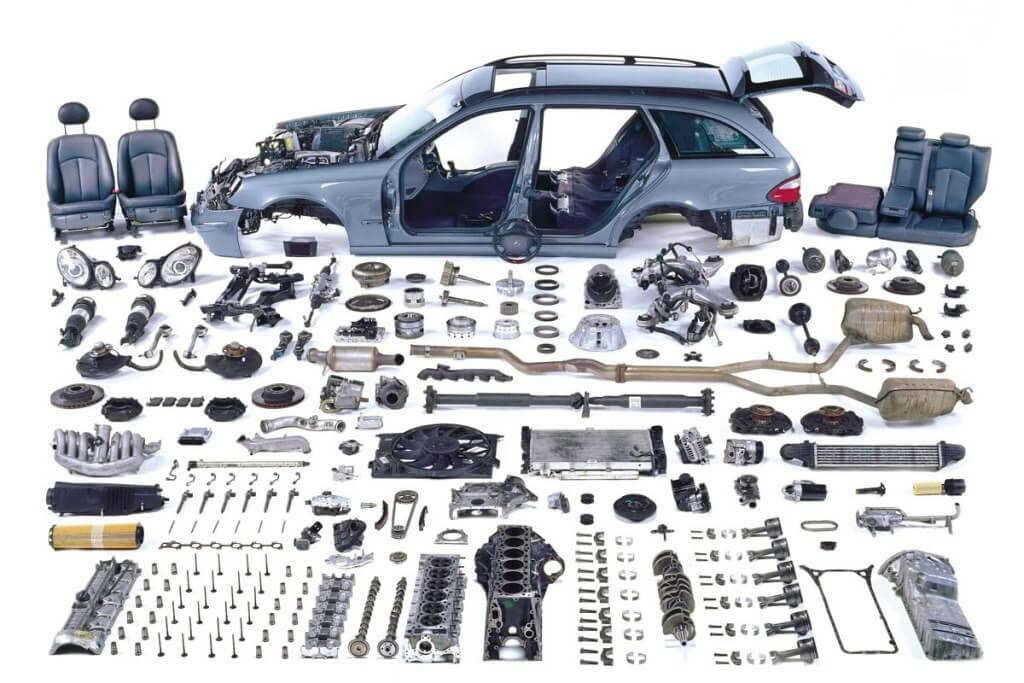
A car is a technically complex device consisting of a large number of parts, assemblies and mechanisms. Every self-respecting car owner is obliged to understand them, not even in order to be able to independently fix any malfunctions that may arise on the road, but simply to understand the principle of operation of their car and the ability to explain the essence of problems in a language understandable to a specialist. To do this, you need to know at least the basics, what main parts the car consists of, and how each part is correctly called.
Car body
The basis of any car is its body, which is the body of the car, which accommodates the driver, passengers and cargo. It is in the body that all the other elements of the car are located. One of its main purposes is to protect people and property from the effects of the external environment.
Usually the body is attached to the frame, but there are cars with a frameless design, and then the body simultaneously acts as a frame. Car body structure:
- minivan, when the engine, passenger and cargo compartments are located in a single volume (minivans or vans can serve as an example);
- two volumes in which the engine compartment is provided, and places for passengers and cargo are combined into one volume (pickup trucks, hatchbacks, crossovers and SUVs);
- three volumes, where separate compartments are provided for each part of the car body: cargo, passenger and motor (station wagons, sedans and coupes).
Depending on the nature of the load, the body can be of three types:
Most modern passenger cars have a load-bearing structure that takes all the loads acting on the car. The general structure of the car body provides for the following main elements:
- stringers, which are load-bearing beams in the form of a rectangular profile pipe, are front, rear and roof stringers;

Body transportation system. This system allows you to reduce the weight of the car, lower the center of gravity and thereby increase driving stability.
- racks - structural elements that support the roof (front, rear and middle);
- the beams and cross members that are on the roof, the spars, under the engine mounts, and each row of seats, also have a front cross member and a radiator cross member;
- thresholds and floors;
- wheel arches.
Car engine, its types
The heart of the car, its main unit is the engine. It is this part of the car that creates the torque that is transmitted to the wheels, forcing the car to move in space. To date, there are the following main types of engines:
- An internal combustion engine or an internal combustion engine that uses the energy of fuel burned in its cylinders to produce mechanical energy;
- an electric motor powered by electric energy from batteries or hydrogen cells (today, hydrogen-powered cars are already being produced by most large automotive companies in the form of prototypes and even in small-scale production);
- hybrid engines, combining an electric motor and an internal combustion engine in one unit, the connecting link of which is a generator.

This is a complex of mechanisms that converts the thermal energy of the fuel burning in its cylinders into mechanical energy.
See also: Knocking in the engine - a symptom
Depending on the type of fuel burned, all internal combustion engines are divided into the following types:
- petrol;
- diesel;
- gas;
- hydrogen, in which liquid hydrogen acts as a fuel (installed only in experimental models).
According to the design of the internal combustion engine, there are:
Трансмиссия
The main purpose of the transmission is to transmit torque from the crankshaft of the engine to the wheels. The elements included in it are called as follows:
- The clutch, which is two friction plates pressed together, connecting the engine crankshaft to the gearbox shaft. This connection of the axles of the two mechanisms is made detachable so that when you press the discs, you can break the connection between the engine and the gearbox, change gears and change the speed of rotation of the wheels.

This is the power train that connects the engine to the vehicle's drive wheels.
- Gearbox (or gearbox). This node is used to change the speed and direction of the vehicle.
- The cardan gear, which is a shaft with swivel joints at the ends, is used to transmit torque to the rear drive wheels. It is used only on rear-wheel drive and all-wheel drive vehicles.
- The main gear is located on the drive shaft of the vehicle. It transmits torque from the propeller shaft to the axle shaft, changing the direction of rotation by 90.
- The differential is a mechanism that serves to provide different speeds of rotation of the right and left drive wheels when turning the car.
- Drive axles or axle shafts are elements that transmit rotation to the wheels.
All-wheel drive vehicles have a transfer case that distributes rotation to both axles.
Chassis
The set of mechanisms and parts that serve to move the car and dampen the resulting vibrations and vibrations is called the chassis. Chassis includes:
- a frame to which all other elements of the chassis are attached (in frameless cars, elements of the car body are used to mount them);
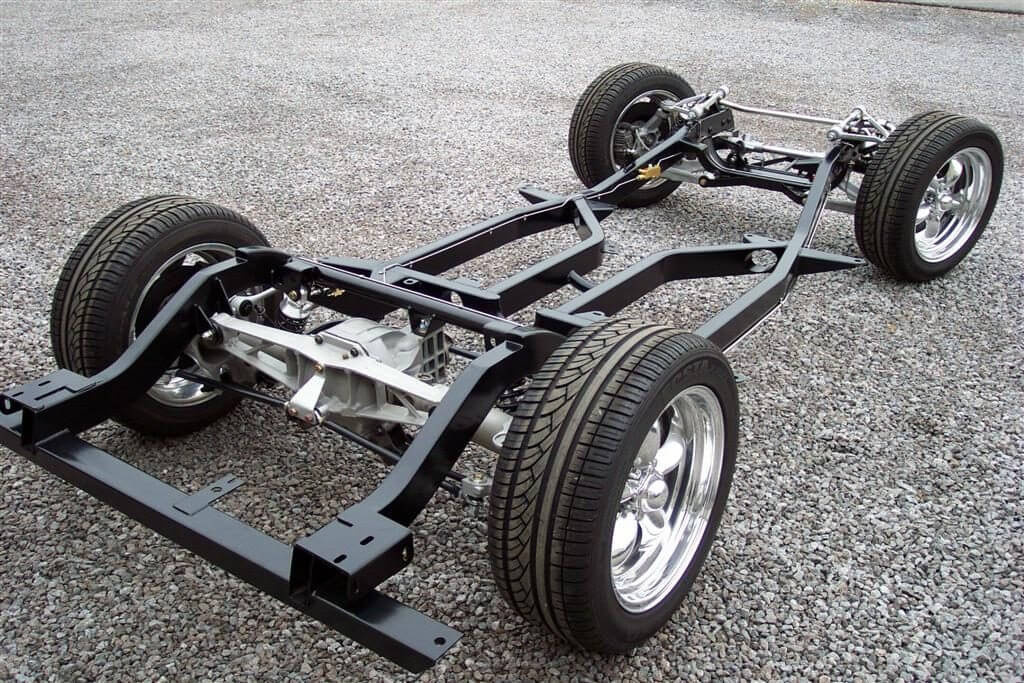
Chassis is a set of devices, in the interaction of which the car moves along the road.
- wheels consisting of disks and tires;
- front and rear suspension, which serves to dampen vibrations that occur during movement, and can be spring, pneumatic, leaf spring or torsion bar, depending on the damping elements used;
- axle beams used to install axle shafts and differentials are only available on vehicles with dependent suspension.
Most modern passenger cars have independent suspension and do not have an axle beam.
Steering
For normal driving, the driver needs to make turns, U-turns or detours, that is, deviate from a straight line, or simply control his car so that it does not lead him to the side. For this purpose, a direction is provided in its design. This is one of the simplest mechanisms in a car. What are some of the elements discussed below called? The address consists of:
- a steering wheel with a steering column, the so-called ordinary axle, on which the steering wheel is rigidly fixed;
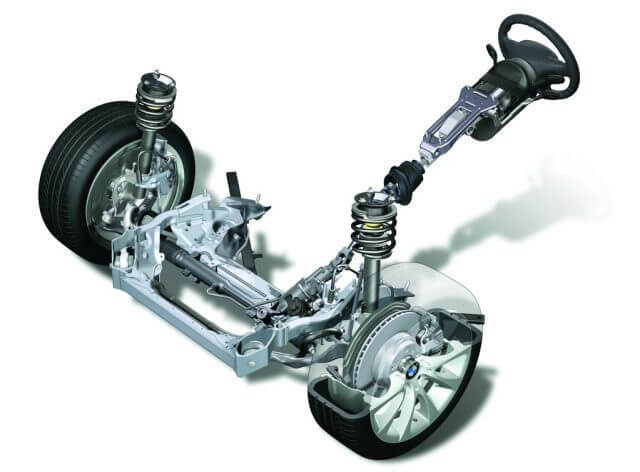
These devices consist of steering, which is connected to the front wheels by steering and brakes.
- the steering mechanism, consisting of a rack and pinion mounted on the axis of the steering column, converts the rotational movement of the steering wheel into the translational movement of the rack in a horizontal plane;
- a steering drive that transmits the impact of the steering rack to the wheels to turn them, and includes side rods, a pendulum lever and wheel pivot arms.
In modern cars, an additional element is used - power steering, which allows the driver to make less effort to ensure the steering wheel is turned. It is of the following types:
- mechanic;
- pneumatic booster;
- hydraulic;
- electric;
- combined electric starter.
Brake system
An important part of the machine, ensuring the safety of control, is the brake system. Its main purpose is to force a moving vehicle to stop. It is also used when the speed of the vehicle needs to be drastically reduced.
The brake system is of the following types, depending on the type of drive:
- mechanic;
- hydraulic;
- tire;
- kit.
In modern passenger cars, a hydraulic brake system is installed, consisting of the following elements:
- brake pedals;
- the main hydraulic cylinder of the brake system;
- filling tank of the master cylinder for filling brake fluid;
- vacuum booster, not available on all models;
- piping systems for front and rear brakes;
- wheel brake cylinders;
- The brake pads are pressed by the wheel cylinders against the wheel rim when the vehicle is braked.
Brake pads are either disc or drum type and have a return spring that moves them away from the rim after the braking process is complete.
Electric equipment
One of the most complex systems of a passenger car with many different elements and wires connecting them, entangling the entire body of the car, is electrical equipment that serves to provide electricity to all electrical appliances and the electronic system. Electrical equipment includes the following devices and systems:
- battery;
- generator;
- ignition system;
- light optics and interior lighting system;
- electric drives of fans, windshield wipers, power windows and other devices;
- heated windows and interior;
- all automatic transmission electronics, on-board computer and protection systems (ABS, SRS), engine management, etc.;
- power steering;
- anti-theft alarm;
- sound signal
This is an incomplete list of devices included in the electrical equipment of the car and consuming electricity.
The device of the car body and all its components must be known to all drivers in order to keep the car always in good condition.
car structure
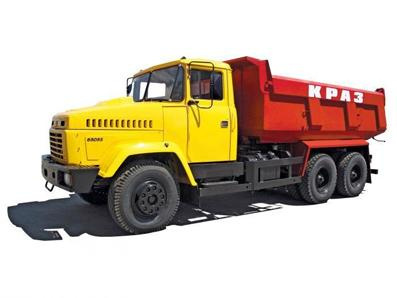
A car is a self-propelled machine driven by an engine installed in it. The car consists of separate parts, assemblies, mechanisms, assemblies and systems.
A part is a part of a machine that consists of a single piece of material.
In green: connecting several parts.
A mechanism is a device designed to transform movement and speed.
System C: A collection of separate parts related to a common function (e.g. power systems, cooling systems, etc.)
The car consists of three main parts:
2) Chassis (combines transmission, running gear and controls)
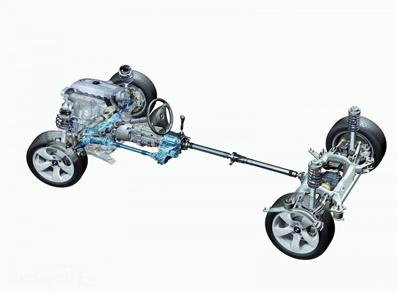
3) Body (designed to accommodate the driver and passengers in a car and cargo in a truck).
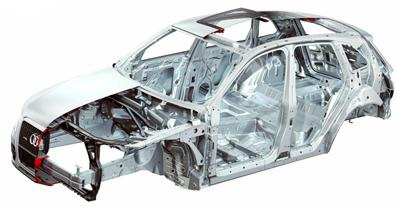
NOW LET'S CONSIDER THE CHASSIS ELEMENTS:
The transmission transmits torque from the engine crankshaft to the vehicle's drive wheels and changes the magnitude and direction of this torque.
Transmission includes:
1) Clutch (disengages the gearbox and engine when shifting gears and smoothly engages for smooth movement from a standstill).
2) Gearbox (changes traction, speed and direction of the car).
3) Cardan gear (transmits torque from the driven shaft of the gearbox to the driven shaft of the final drive)
4) Main gear (increases torque and transfers it to the axle shaft)
5) Differential (provides rotation of the drive wheels at different angular speeds)
6) Bridges (transmit torque from the differential to the drive wheels).
7) Transfer box (installed on all-terrain vehicles with two or three drive axles) and serves to distribute torque between drive axles.
1) Frame (in which all the mechanisms of the car are installed).
2) Suspension (ensures the smooth running of the car, smoothing out bumps and shocks perceived by the wheels on the road).
3) Bridges (nodes connecting the wheels of the axle).
4) Wheels (round free-wheeling discs that allow the machine to roll).
Vehicle control mechanisms are used to control the vehicle.
Vehicle control mechanisms consist of:
2) Brake system (allows you to brake until the car stops).

